Bringing home a new puppy is one of the most exciting things in life! Pups fill our lives with an endless amount of joy and companionship. However, it’s essential to remember that taking care of a new dogneeds work and commitment to ensure good habits from early on. In this guide, we’ll give you our best tips for new dog owners.
Table of Contents
Find Your Ideal Puppy
Is there anything as cute as a puppy? (OK, kittens, maybe…) Make sure to keep that new puppy cuteness in check since it can override good sense and long-term training success. Brace yourself, and don’t let your heart rule your head.
How to Choose a Puppy
Consider which breed is best suited to your lifestyle. Factors include your working hours, family circumstances, and energy levels.
Why Start Early?

When is the best time to start puppy training? The answer is as soon as possible! Puppies are like sponges; they can learn quickly and easily at a young age. According to the American Kennel Club, the optimal window for socialization (exposing your puppy to different people, animals, places, sounds, etc.) is between 3 and 14 weeks of age. This is when your dogs’s brain is most receptive and flexible.
However, this doesn’t mean you can’t train your dogs after this period. You can still teach your pup new skills and behaviours at any age if you use positive reinforcement (rewarding good behaviour with praise, treats, toys, etc.) and avoid punishment (scolding, hitting, yelling, etc.). Punishment can damage your pup’s trust in you and make them fearful or aggressive.
The key is to start small and simple. Don’t overwhelm your pup with too many commands or expectations at once. Focus on one skill or behaviour at a time and practice it in short sessions (5 to 10 minutes) several times daily. Make sure to end each session on a positive note (with a reward or a game) so that your pup associates training with fun.
- Puppy Proof the Home:
To a puppy, your home is an adventure playground. Protect the new puppy and save your belongings by puppy-proofing your pad.
Stow away all chewable objects that can be swallowed. Make electrical cabling safe behind furniture or cover the cables. Block access to rooms where dog pee or poop can cause damage.
When you think the job’s done, get down to the floor level yourself. Check from Adog’s eye view under the sofa and in all of the places you don’t usually see. This might sound a bit silly, but it’s a great way to make sure you didn’t miss anything.
2. Don’t Miss Out on puppy Socialization:

Often, many new dogs owners do not realize that puppies have a special grace period where they must be socialized as much as possible. This small window of opportunity is only open from four weeks old up to 12 to 14 weeks. This is the perfect time for exposing the puppy to a wide range of people, pets, objects, sounds, and textures.
puppy classes are recommended as they will expose the dog to other dogs and people while teaching new puppy owners how to master the first leadership techniques.
3. Be Ready to Face a Puppy’s Fear Periods:
Puppies go through two main fear periods during which they may suddenly act skittish. While the periods affecting them may vary from one dog to another, the first fear period generally takes place from 8 to 10 weeks of age, while the second one takes place from 6 to 14 months.
4. Start Training Your Puppy Right Away:
In the past, it was common practice to wait for puppies to be 6 months old to initiate training, but there’s really no reason to wait when puppies are so adept at learning from an early age, even if they have very short attention spans.
You can easily train an 8-week-old puppy to sit and make it a fun game, too! All that is needed is a treat as a lure. The dog is shown the treat, and the treat is lifted at the pup’s nose level until the dog is persuaded to sit on his own.
5. Practice Potty Training Your Puppy:

Practicing potty training can be a frustrating exercise for new puppy owners (trust us, we get it). Puppies don’t have full control of their bladders until about 12 weeks of age, so expect to encounter a little (or a lot) of accidents. However, if you’re good about taking your puppy out to potty often and praise them when they do, the process will be much easier for both of you.
Take your puppy outside first thing in the morning, after a nap, after eating, after playtime, and before bed. Remember the crate? This is the time when it becomes your new best friend! If you have to leave your dog at home alone, put them in their crate while you’re gone. The crate will encourage your dog not only to control their bladder but also to curb the instinct to chew everything they can get their teeth and paws on.
6. Correct Behavioral Problems Early On
Remember that behavior that seems ‘cute’ when puppies are young may become annoying or dangerous when fully grown. Behavior like jumping or crawling into your lap uninvited can be a problem down the road. Therefore, teach your to enjoy being held from the very start. Look in their mouth and run your fingers over their gums to prepare them for tooth brushing. You can also run a brush over their body to get them used to grooming and handle their feet often to prepare for nail trimming. We promise your vet will thank you later!





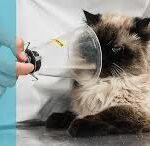


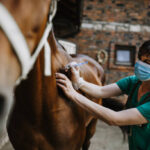




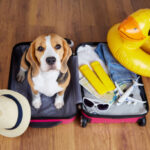

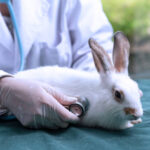













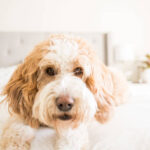

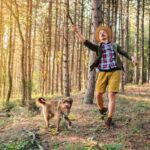




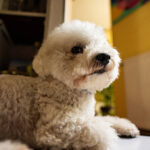



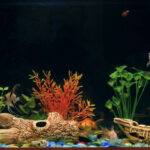
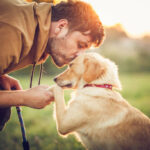
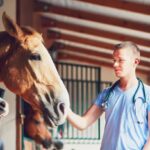













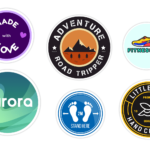


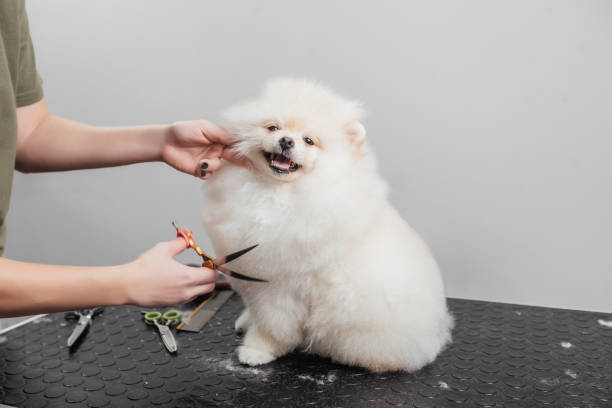
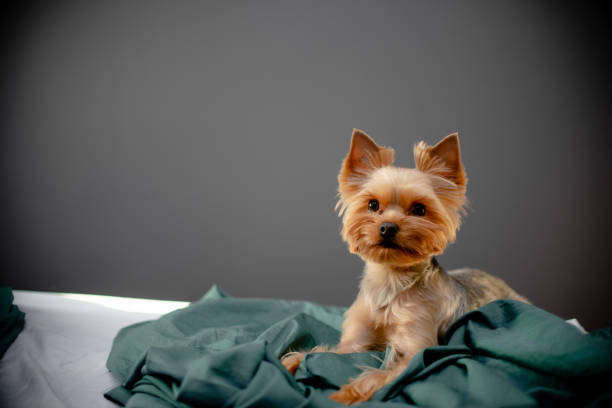
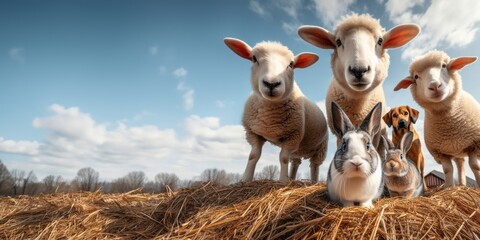
rENCzLfySWskJotT